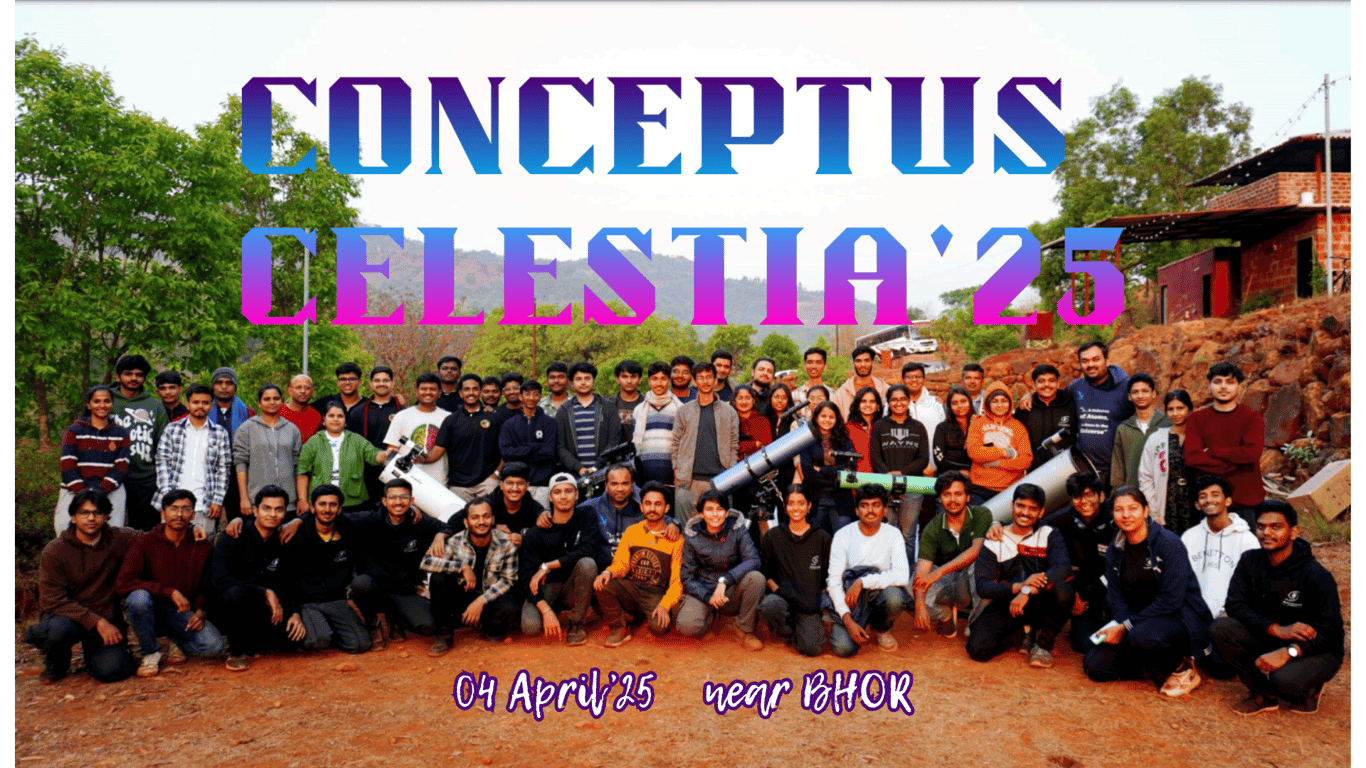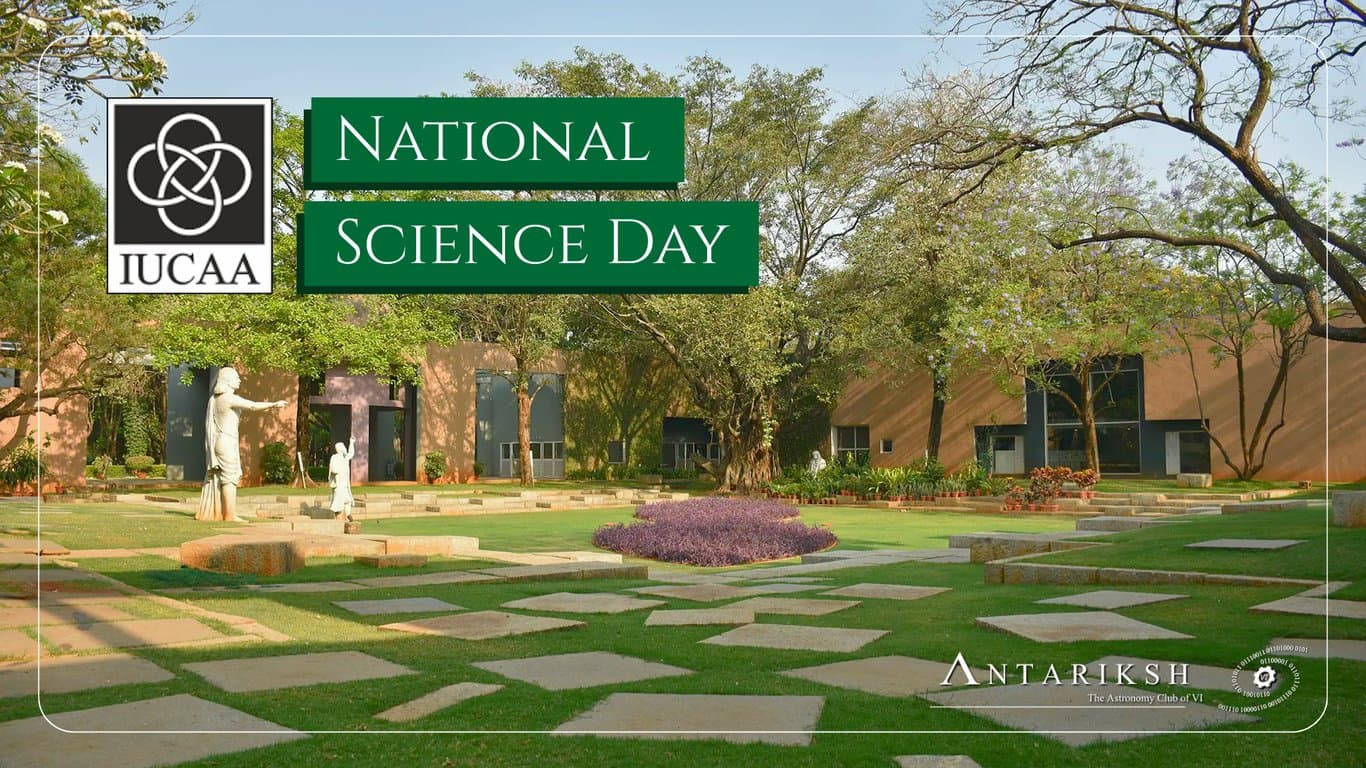
Conceptus Celestia 2025
Conceptus Celestia was a public ‘Star Party’ event organized by the Antariksh club of VI. Held on the 4th of April and extending into the morning of the 5th, the event took place at Chandavne nights camping, a secluded and dark location approximately 64 kilometers from Pune, ensuring minimal light pollution for optimal night sky observation. The event was a resounding success, enjoyed by 80 attendees who had the opportunity to observe constellations, deep sky objects, and participate in two insightful sessions led by Sir Jameer Manur and Pranav Pujari.
| Published on 13 Apr 2025

IUCAA Visit
An unforgettable visit to IUCAA, Pune! The Antariksh Club of VI recently took 16 students on a field trip to the Inter-University Centre for Astronomy and Astrophysics. We learned about the Aditya-L1 mission's SUIT payload from Mr. Ravi Kesharwani and witnessed live data from the LIGO India lab with Mr. T. R. Saravanan. The highlight was hands-on learning with Jameer Manur Sir, who guided us through fascinating experiments on Faraday Rotation and Cosmic Ray Muon Detection. The visit concluded with a breathtaking view of sunspots through a special telescope. A truly inspiring experience!
#IUCAA #Astronomy #Astrophysics #SpaceScience #AdityaL1 #LIGOIndia #AntarikshClubVI #EducationalVisit
| Published on 07 Apr 2025

gggg
| Published on 27 Feb 2025

Moonlit Explorations
The main objective of the event was to connect and interact with space enthusiasts and spread awareness regarding the opportunities in this field for young minds.
| Published on 25 Nov 2024

Instrumentation and Engineering in Astronomy
The event "Instrumentation and Engineering in Astronomy" featured a talk by Ashish Mhaske, a scientific officer at IUCAA. The discussion covered the role of engineers in astronomy, focusing on electromagnetic wave detectors, particle detectors, and gravitational wave detectors like LIGO. It highlighted opportunities for engineers in building and maintaining astronomical instruments, emphasizing the multidisciplinary nature of astronomy. The session concluded with a Q&A, addressing topics such as gravitational wave detection, dark matter observation, and India's advancements in astronomy.
| Published on 09 Oct 2024

National Space Day'24 Celebration
On August 23, 2024, Antariksh Club celebrated National Space Day at Vishwakarma Vidyalaya, engaging 120 students. The event focused on India's space journey, featuring presentations on ISRO's history, key missions like Chandrayaan and Mangalyaan, and contributions from pioneers like Aryabhatta and Dr. A.P.J. Abdul Kalam. Highlights included a rover demonstration, interactive trivia, and discussions on future space missions like Gaganyaan and Aditya-L1. The event inspired students to explore careers in space science and honored ISRO's contributions to India's space endeavors.
| Published on 22 Aug 2024